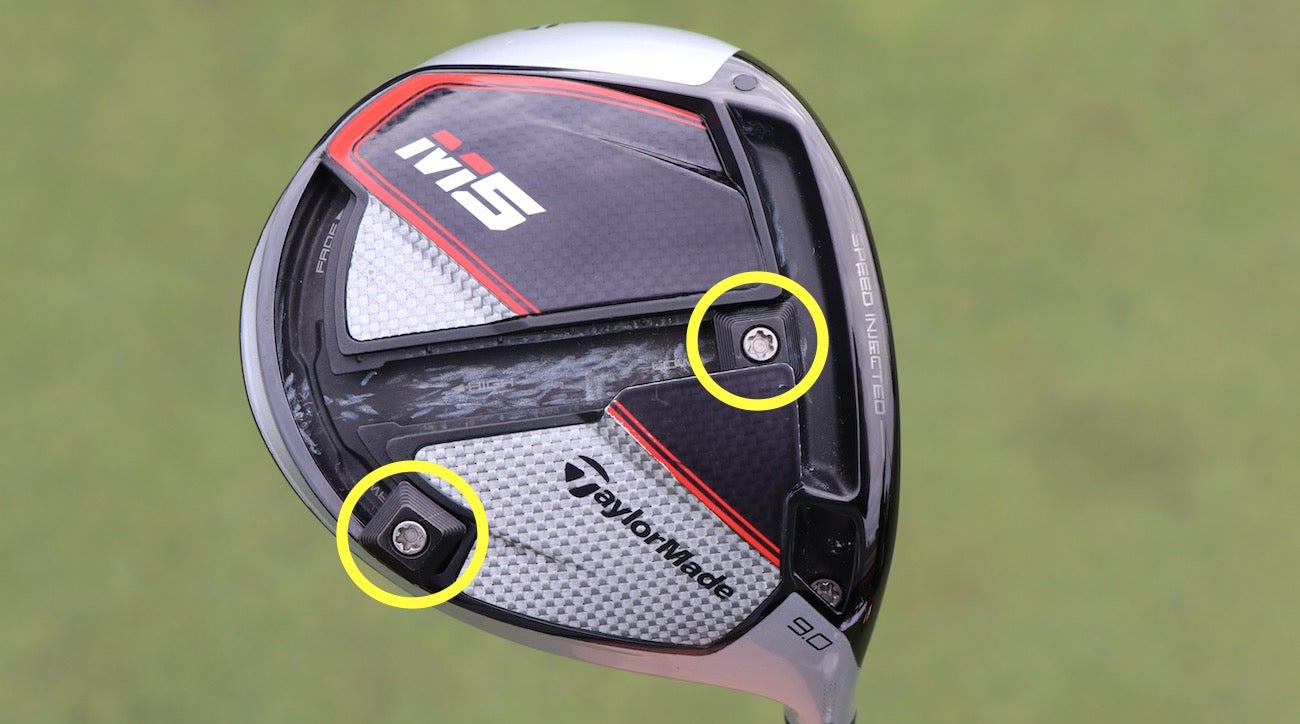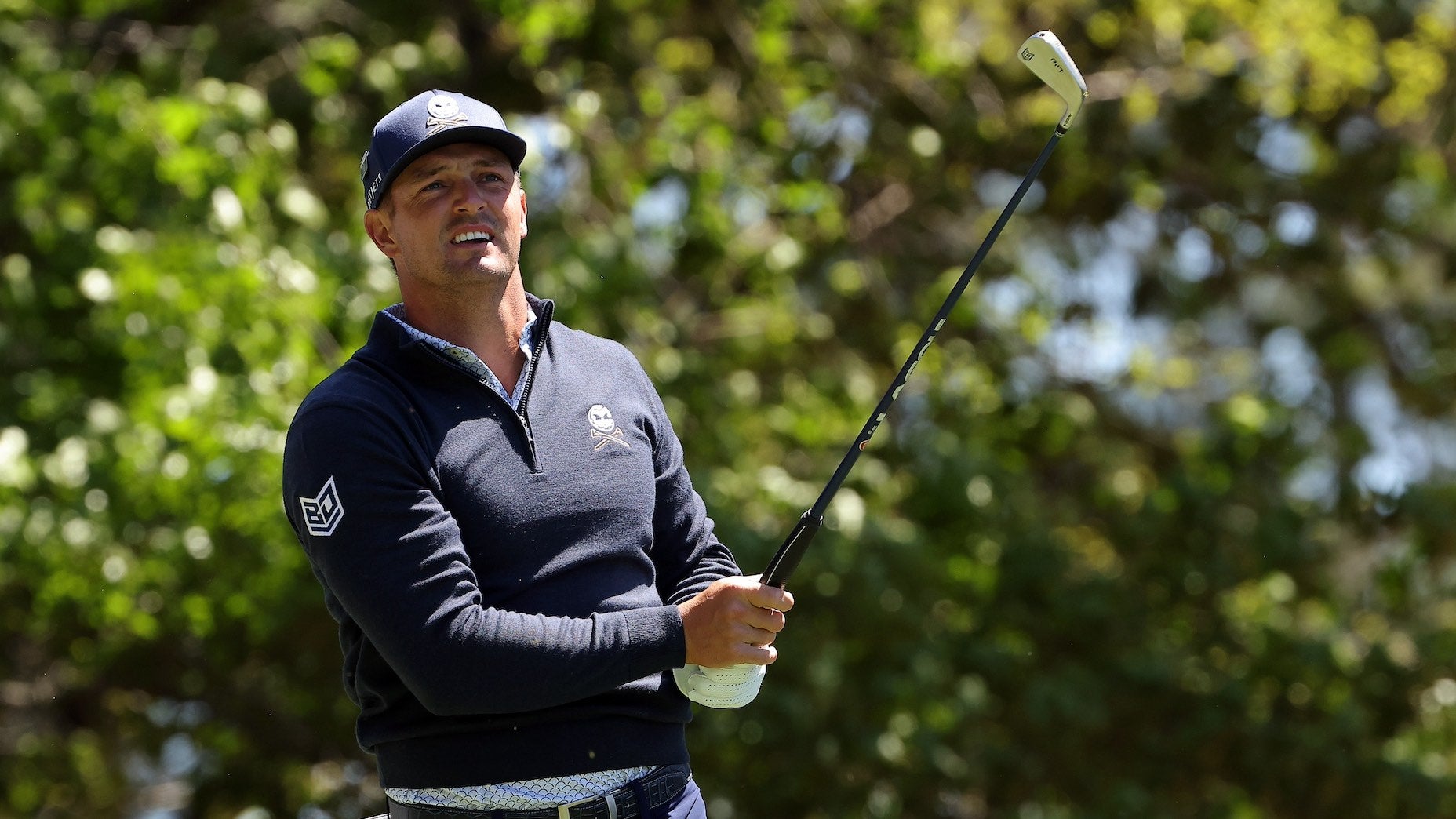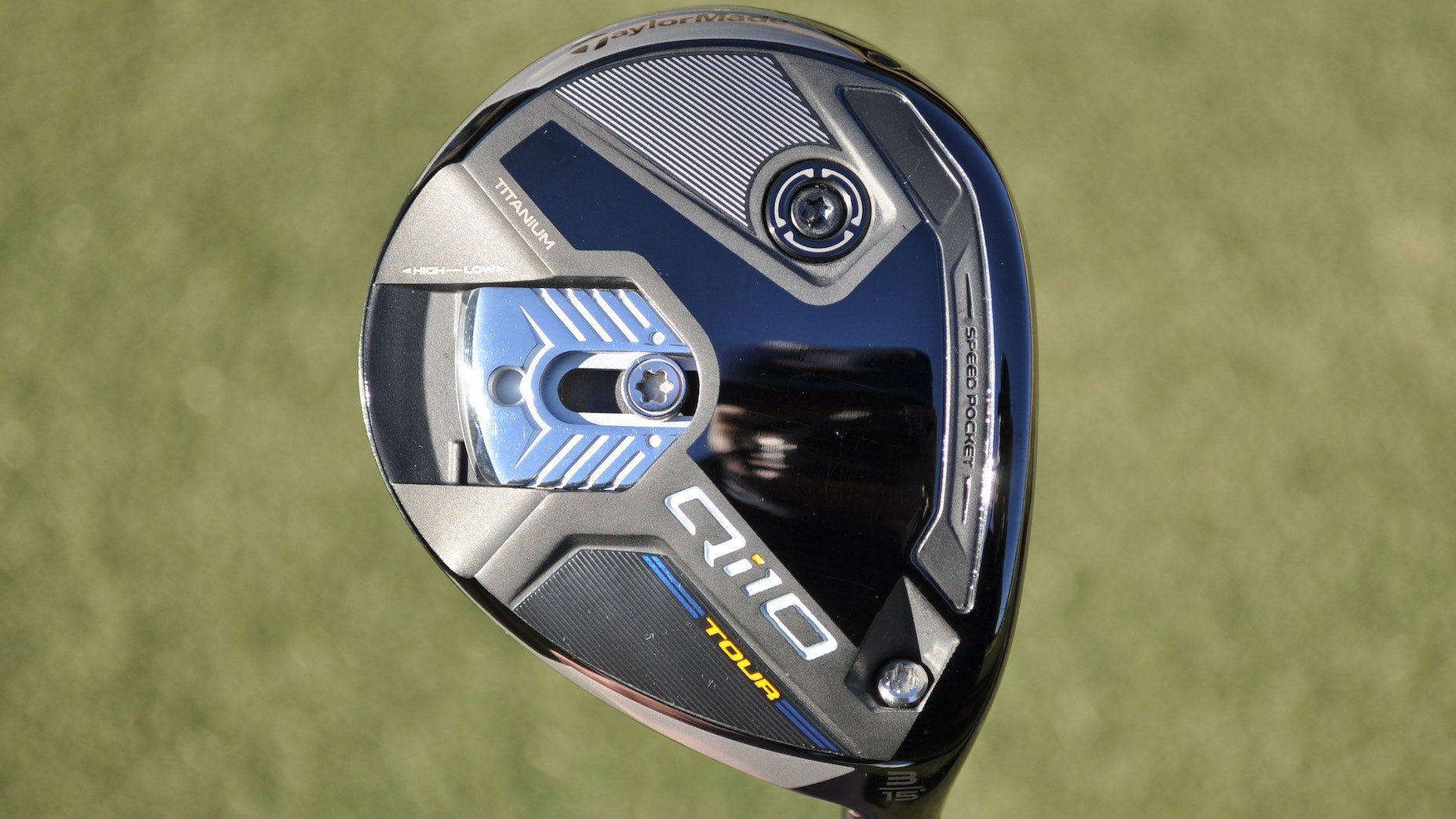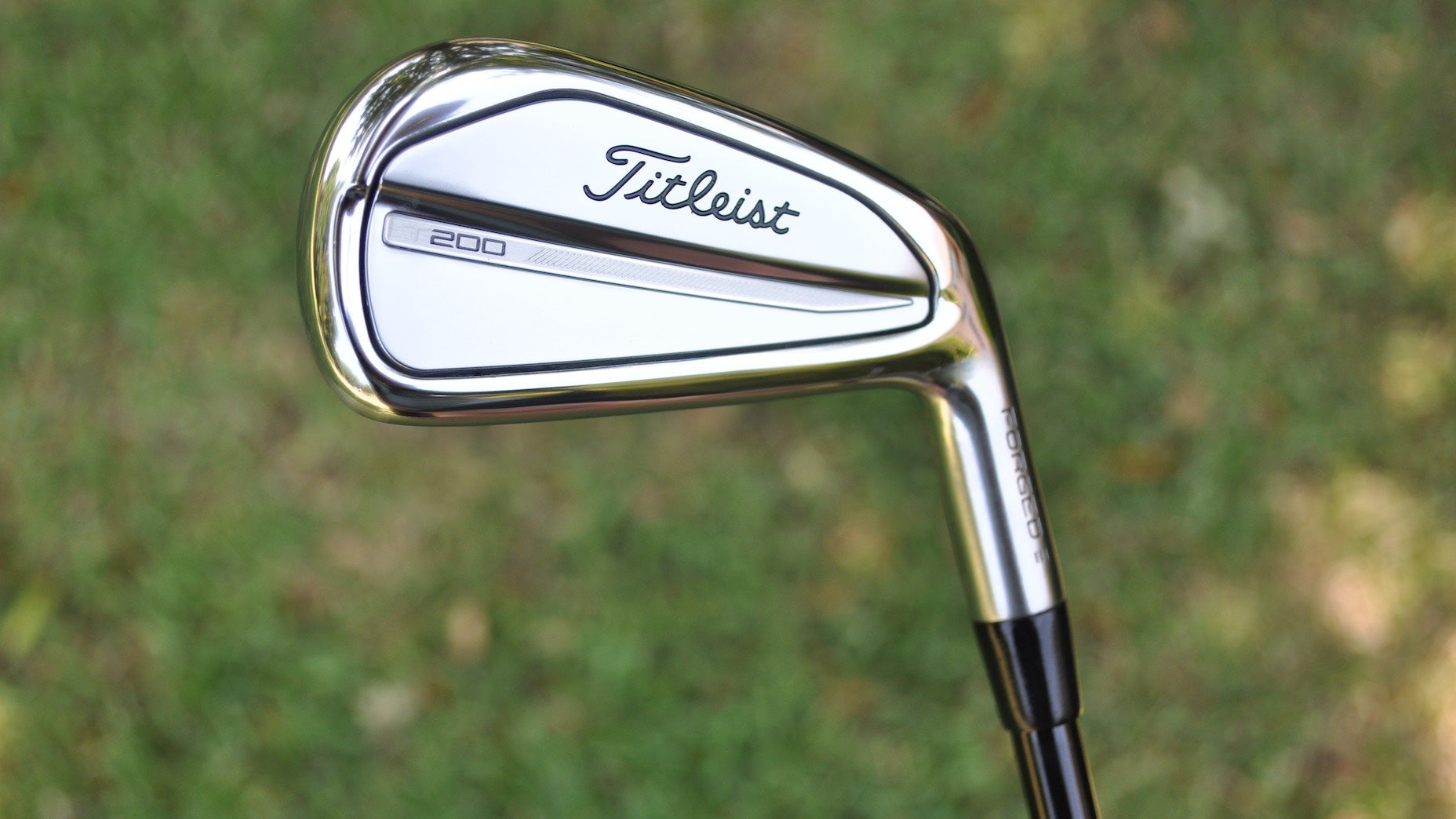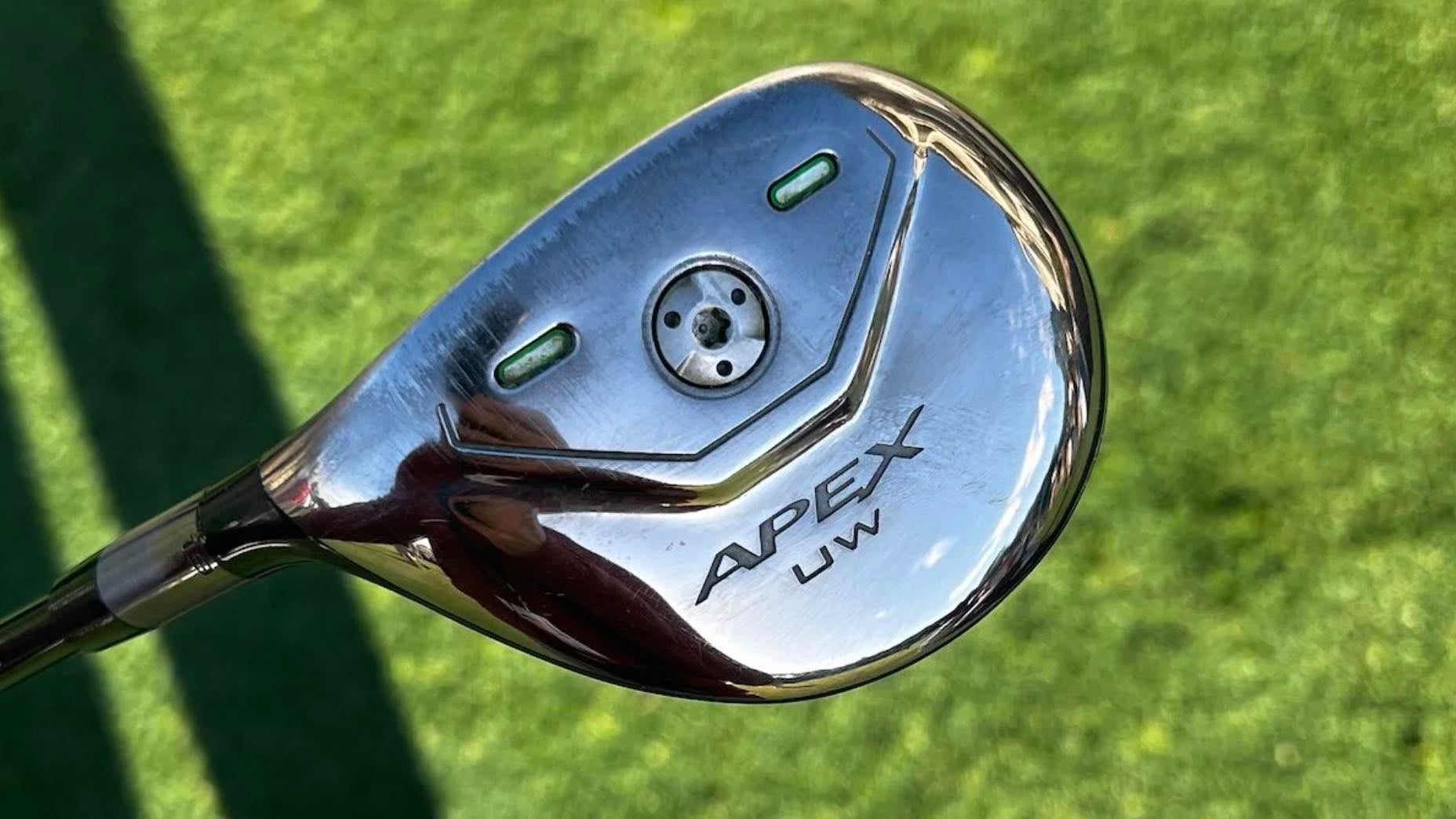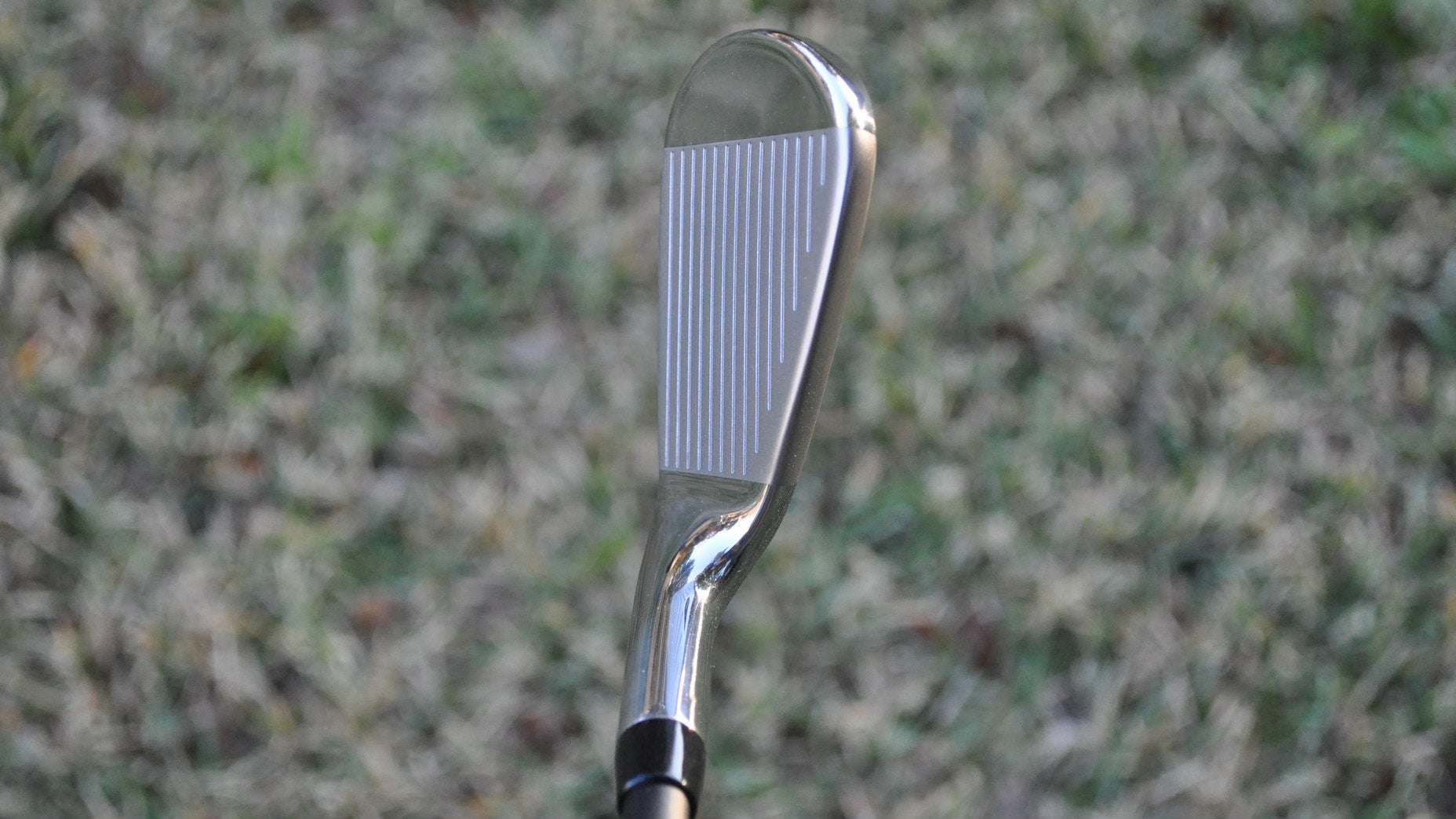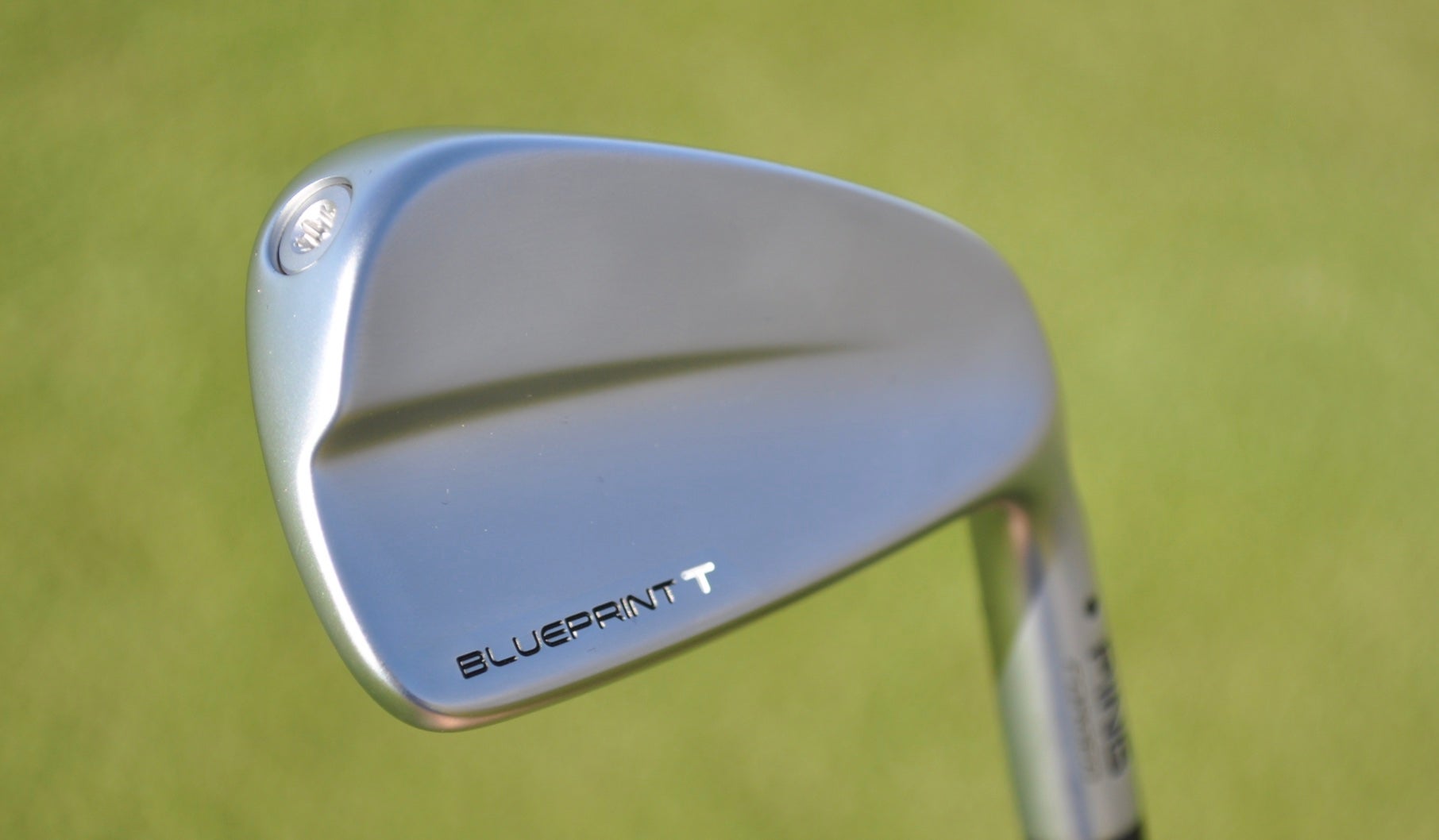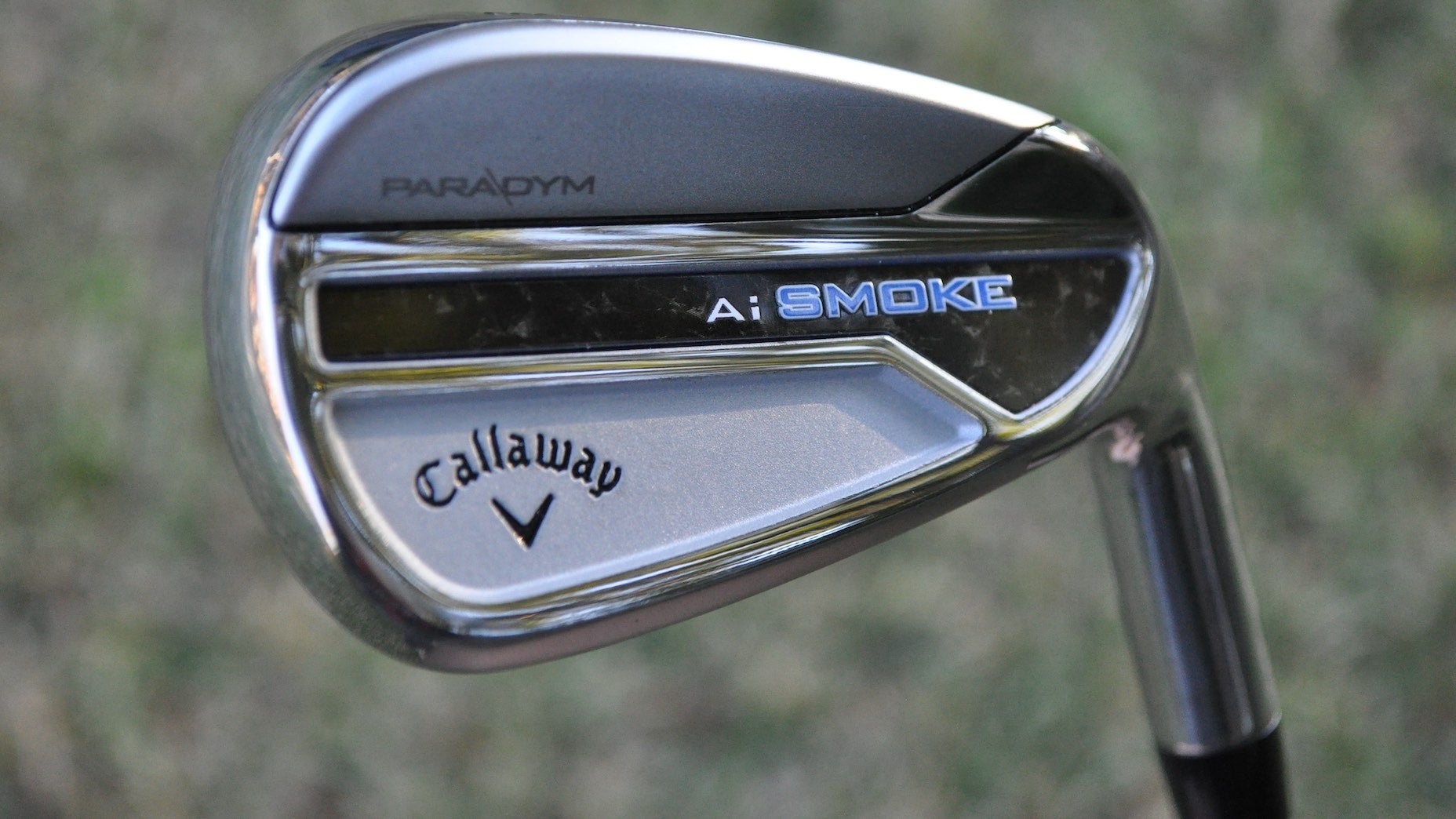Should you replace your 5 iron with an 11 wood? We tested both clubs on a launch monitor
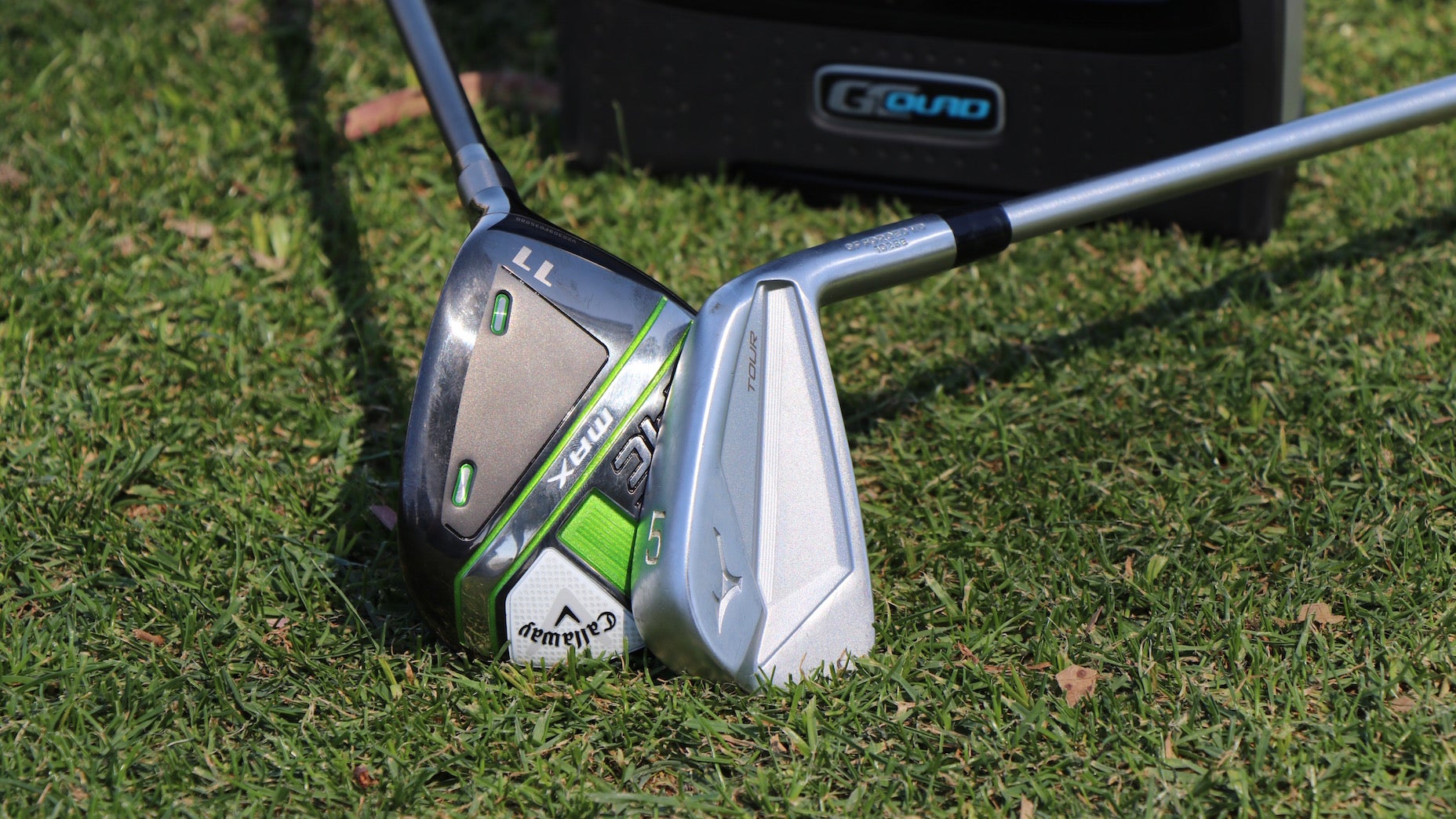
Andrew Tursky
Under the current rules of golf, a golfer must have no more than 14 clubs in their bag. Typically, that means golfers are faced with a number of decisions on which clubs to put in the bag. Some choices are obvious; every golfer has a driver, a putter, a set of irons, a set of wedges, and at least one fairway wood or hybrid.
Once your wedge lofts are determined, the most complicated decision that golfers typically face is how to fill out the top-end of the bag. Do you opt for an additional fairway wood, a hybrid, a driving iron, or long irons?
That decision can be difficult, and should be made under the watchful eye of a trusted fitter or professional instructor.
Back in the day, in both the professional game and the amateur game, it was common to see 3 irons, or even 1- or 2-irons. These days, though, traditional long irons are becoming more and more rare, even on the PGA Tour. Modern equipment manufacturers from nearly every brand or OEM have engineered long-iron replacements that are more attractive than long irons in terms of combining distance, forgiveness, versatility and control.
For many, that means turning away from standard, tough-to-hit 3 irons and replacing them with something easier to hit. A number of PGA Tour players, including Dustin Johnson and Tommy Fleetwood, have added 7 woods into their arsenals. On the LPGA tour, 7 woods are about as common as 7 irons.
High-lofted fairway woods were traditionally thought of as great options for older golfers who need help getting more height, speed and forgiveness on their shots, whereas better golfers turned a side-eye. With growing usage of high-lofted fairways on tour, though, any sort of stigma is slowly being lifted. If a major winner uses a 7 wood, why should an amateur golfer think they’re too good to try it?
So, 1- and 2-irons are all but extinct, and 3- and 4-irons are becoming less common. This leaves us with the question: What about the 5 iron?
If you’re like me, you’ve probably never even considered switching out your 5 iron for a fairway wood. That’s exactly what LPGA major champion and generational talent Michelle Wie West did recently, however.
Ahead of the 2021 Kia Classic, Wie West switched out her 5 iron for a Callaway Rogue 11-wood that she first used in 2017.
I know, an 11 wood sounds a bit aggressive. “Who plays an 11 wood?” you’re probably thinking. Well, first off, Wie West does. And being that Wie West could absolutely roast me in match play, I figured I would tuck my ego and give the 11 wood a shot. If you listen to GOLF’s Fully Equipped podcast, or read this recent article, then you know I always encourage experimentation with your equipment. It’s the best way to know whether or not there’s something better for your game.
So, in the name of experimentation, I decided to test my gamer Mizuno JPX 919 Tour 5 iron against a Callaway Epic Max 11 wood.
The Test: 5-iron versus 11 wood
To create a fair test, the club builders at True Spec Scottsdale helped get me fit into a proper 11 wood shaft that fit my swing. Since I play a fairly stout shaft in my 5 iron, I needed an equally strong-flex shaft in the 11 wood. Here are the final specs of the two clubs in the test:
5-iron

- Model: Mizuno JPX Tour 919 Tour
- Loft: 30 degrees
- Shaft: KBS Tour C-Taper 130X shaft
- Length: 38.5 inches
- Swing weight: D3
11 wood
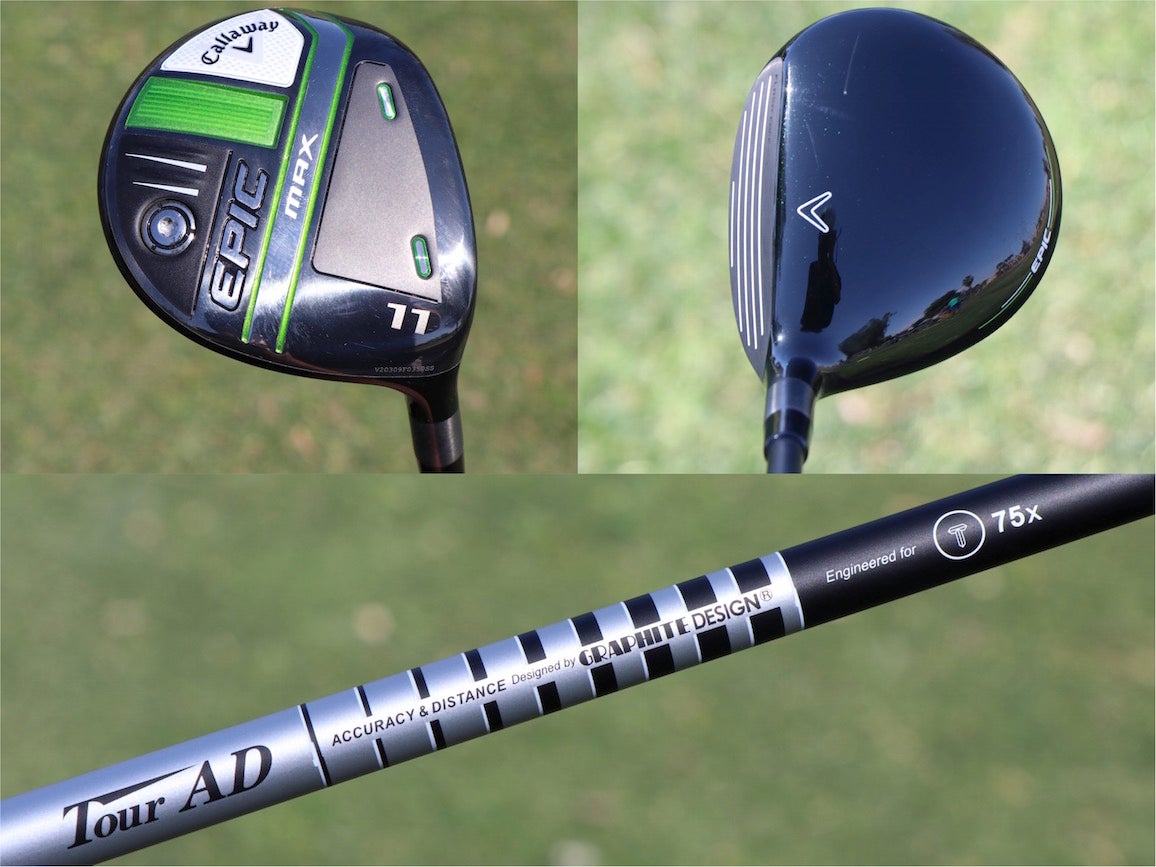
- Model: Callaway Epic Max
- Loft: 25 degrees
- Shaft: Graphite Design Tour AD True Spec custom 75X
- Length: 41.25 inches
- Swing weight: D3
For the test, I hit five premium golf balls (Callaway Chrome Soft X LS model) at a local grass range with each club, and I used a Foresight Sports GC Quad launch monitor to track and record data.
The Results: 5 iron vs. 11 wood
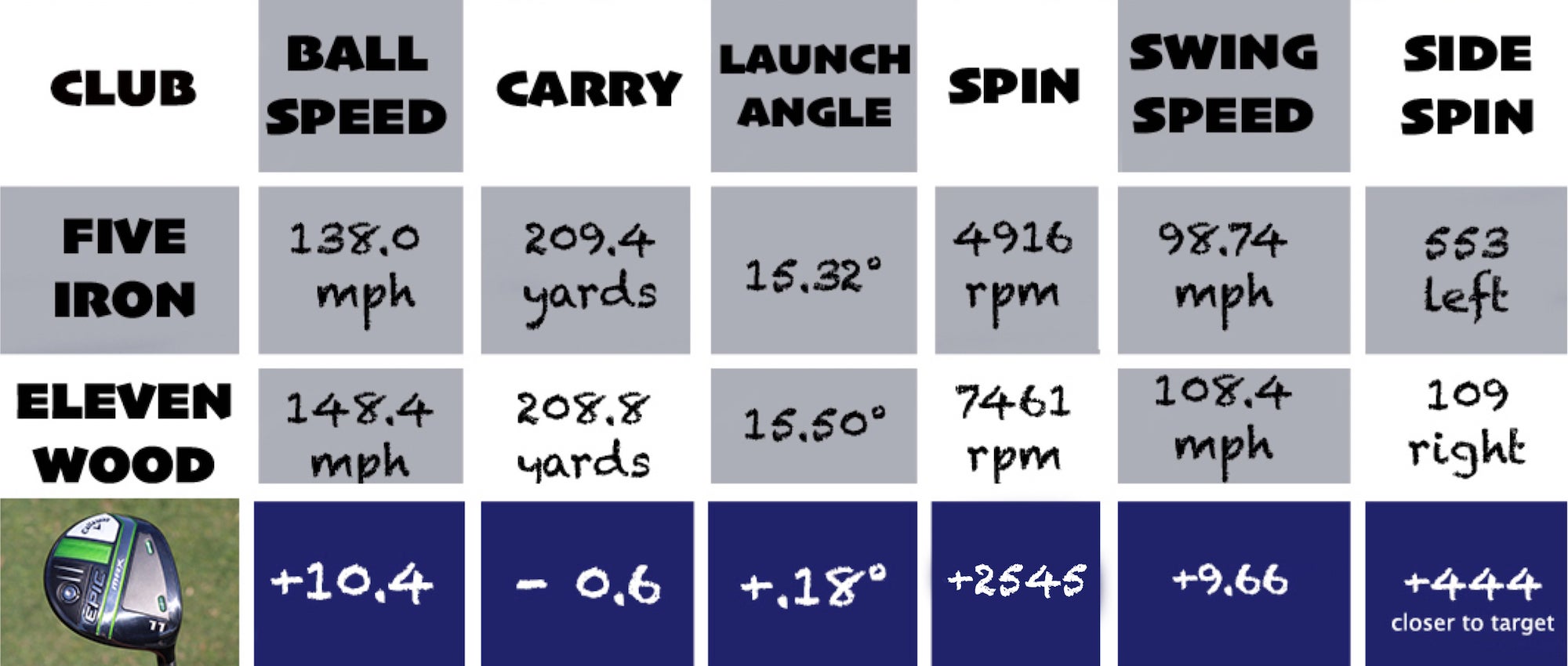
Takeaways from the test
The biggest takeaway from this test is that the 11-wood produced a significantly higher ball flight than the 5 iron. Given the engineering differences between an iron and a fairway wood, this isn’t a huge surprise, but it was significant nonetheless. Fairway woods are larger, they have lower CG (center of gravity) and higher MOI (moment of inertia), which helps lead to a higher flight and more spin.
While the 11 wood had just 0.18 degrees higher launch off the face – which isn’t much in the grand scheme of things – the 11 wood produced more than 2,500 rpm more backspin. That’s about the same difference in spin you could expect between a pitching wedge and an 8 iron. That’s huge!
On a golf course, more spin and height on longer clubs can either be very good or very bad, depending on the golfer and the course conditions.
During the test, winds were calm. Since the 11 wood produced more backspin and much less side spin, this meant the golf ball went much straighter than with the 5 iron, and landed closer to the target line. The severe difference in height and spin also accounts for the loss of carry distance from the 5 iron to the 11 wood, even though the 11 wood helped produced faster ball speeds (10.4 mph more on average) and swing speed (9.66 mph more on average).
In windier conditions, however, greater spin and height on shots from this distance can be detrimental. The higher and spinnier a golf ball flies, the more it will be impacted by wind.
Depending on what type of golfer you are, an 11 wood could be a huge help versus a 5 iron. If you’re a player who struggles to produce enough height and distance on your 5 iron shots, and therefore have a hard time hitting and holding greens, the 11 wood can be a savior. Likewise, if you play often on firm course conditions, the height and forgiveness an 11 wood produces versus a 5 iron can be a game-changer.
For fast-speed players, like myself, the 11 wood can present a few problems. If you seek to hit lower, controlled shots that stay out of the wind, and holding greens from 200 yards isn’t your concern, then maybe you should keep the 5 iron in your bag.
In my experience, hitting an 11 wood felt almost like hitting a 9-iron, except it flew around 210 yards. It was a shockingly high ball flight, due to the increased spin, but the ball flew much, much straighter than with my 5 iron.
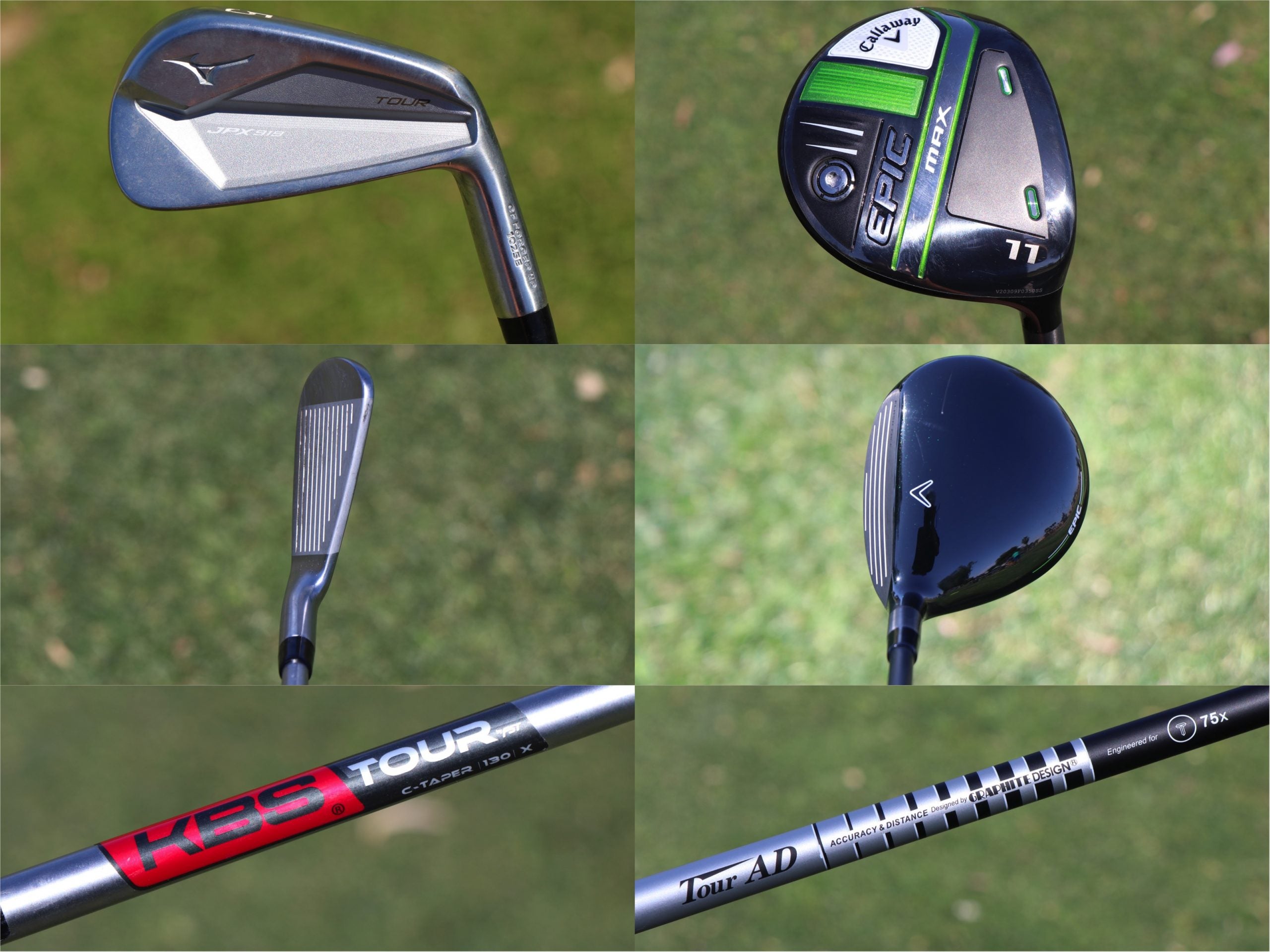
It’s important to keep in mind, though, that not all shots are hit from the fairway. While I conducted this specific test on a closely mown grass range, shots on the course don’t always sit in a perfect lie. From my experience with the 11 wood, though, it provides more forgiveness and better height from the rough, providing a better opportunity to hit and hold a green when your tee shot strays offline.
Of course, you’re not limited to choosing either an 11 wood or a 5 iron. Hybrids, or rescue clubs, are often a “best of both worlds” option, combining the versatility of an iron with the height, distance and forgiveness of a fairway wood. Driving irons are another option that provides more forgiveness than a traditional long iron design.
The decision between a fairway wood, hybrid, driving iron, and long iron is a personal one that you must make for your own game. Expert fitters and professional instructors can absolutely help you make this decision, so it’s important to seek their advice. It’s equally as important to experiment with different clubs for yourself; gaining self-awareness of your own game is imperative.
So, here’s my advice: If you’re a slower speed golfer who struggles with distance and height, or if you tend to play on firm course conditions where holding the green is an issue, an 11 wood is an obvious candidate for you to test. Also, even if you’re a high-speed player, an 11 wood is worth having as an option for tight golf courses, or if your 5 iron tends to fly a bit too low and offline.
Look out for more tests like this in the future. If there’s a specific test you’d like to see, send a direct message to @fullyequippedgolf on Instagram. That’s the Instagram page for GOLF’s gear-focused Fully Equipped podcast, where we discuss all things gear, including the results from tests such as these!
Want to overhaul your own bag for 2021? Visit the expert fitters at our sister company, True Spec Golf. For more on the latest gear news and information, make sure to check out our recent Fully Equipped podcast in the Spotify link below.


